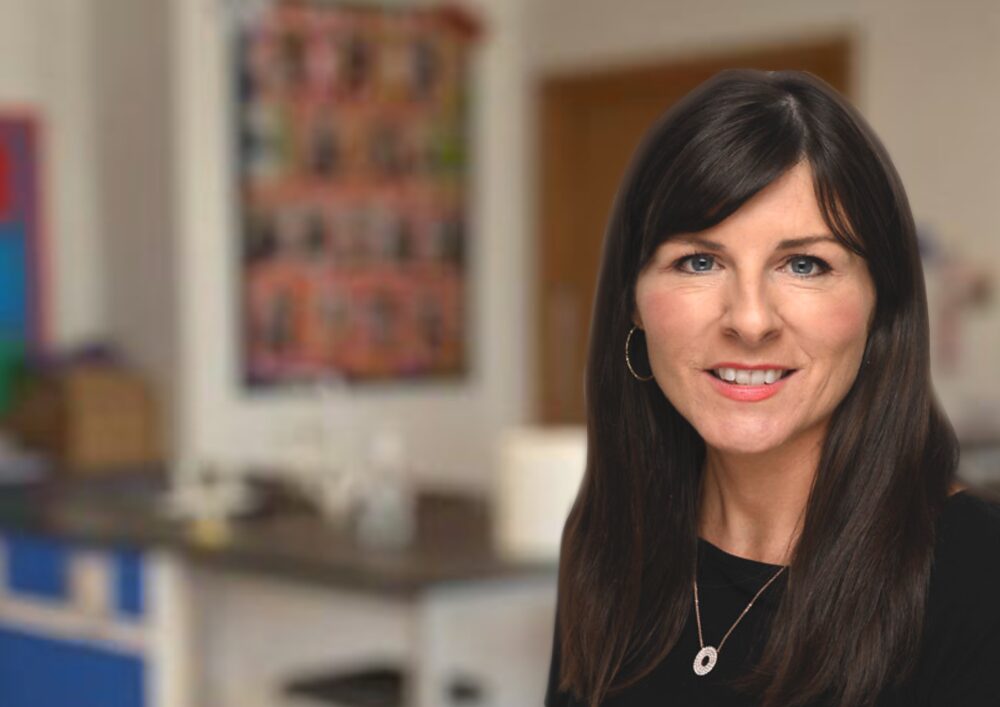Natalie Clayton, Head of English at Brighton College Dubai and Consultant Trainer, Ruth Miskin Training discusses strategies to promote a love for reading among students
Hands up teachers if every single child in your class can read and loves reading.
If you are a teacher reading this, you may be listing mentally the names of students who you have struggled to teach how to read. Interestingly, most parents assume that every teacher knows how to teach a child to read – sure, that is a prerequisite for life in the classroom, isn’t it?
I completed my teaching degree at the beginning of the 21st century so one would imagine that my four-year degree would prepare me sufficiently for a successful life in teaching, where a fundamental part of this role is teaching students how to read. Back at the start of my career, the UK was facing the need for an increasingly literate population in a fast-changing world, and I for one, believed that I had the knowledge, skillset and passion to help to deliver this. After returning to my old primary school as a teacher, I found myself watching Newsnight, the BBC’s flagship news programme, which was reporting from a London school where the creator of a reading programme was given 16 weeks to turn it around with the implementation of synthetic phonics.
The next morning, I discussed what I had viewed with my headteacher as there were some children in my class that could not read, and what’s more, I did not know what to do best to help them. In fact, I hadn’t received any real training on this during the four years of my university education. I was not the only teacher concerned about the ‘struggling’ children and shortly after viewing Newsnight, the same creator was booked and we were going to be trained to teach every child how to read and, equally as important, keep these children reading by the expert herself.
I quickly realised that all children, irrespective of background, deserve to be taught to read as quickly and as easily as possible. After time spent in the UK, I made the move to Dubai, bringing with me all the experience I had gained from the approach adopted by the training institute on reading. Not only were my lessons considered outstanding, my students were thriving. The secret to this was that I had the knowledge to teach the skill of reading. My passion did not go unnoticed and eventually, when I returned to the UK, I went on to become a consultant trainer with the same training institute, helping schools across the UK and beyond to build a reading culture in a time when new technologies were changing the face of literacy forever.
So how does a school build a reading culture?
Advice to teachers
It must start from the moment students walk through your doors. In a school determined to build life-long readers, we start with the ‘skill’ of reading itself. I recommend teaching reading using systematic, synthetic phonics which should be taught from the beginning of Foundation Stage 2. The reading books students read should be closely matched to the school’s phonics programme. At the same time, teachers need to read to children. Use your knowledge of engaging texts and what connects with young people as readers in the 21st century such as stories, poems, rhymes and non-fiction books. Carefully chosen reading material will help to develop students’ vocabulary, language comprehension and love for reading. Following these steps will help schools to nurture readers who can and will choose to read for their own purposes within and beyond the classroom. Teaching students from an early age that reading is ultimately a pleasure should be the aim in every school. When these connections are made, experts believe that standards in both attainment and achievement are raised.
Advice to parents
A culture of positive relationships between the home and school is a recipe for success. That said, strategies to involve parents and caregivers can create challenges for the profession. We live in a digital age, so why does society expect reading to be print-oriented and book-bound? Young people have a wealth of reading materials available to them, both at school and at home. These may include texts such as comics, magazines, newspapers, picturebooks, novels and information books, as well as different forms of text accessed through mobile technologies and shaped by popular culture. Diversity is essential – the OECD (2010) data indicates that those students who read varied types of texts in addition to fiction and those who engage in extensive online reading are generally more proficient readers than students who do little online reading.
With this research in mind, our young readers deserve teachers and parents to harness the power of the written word. It is our responsibility to foster as many opportunities as possible for children to read and be read to, to carve out time to be able to share a love for reading and to ensure that books and texts are discussed and celebrated at every opportunity. This helps to create a reading culture that both challenges and fulfils our children.








